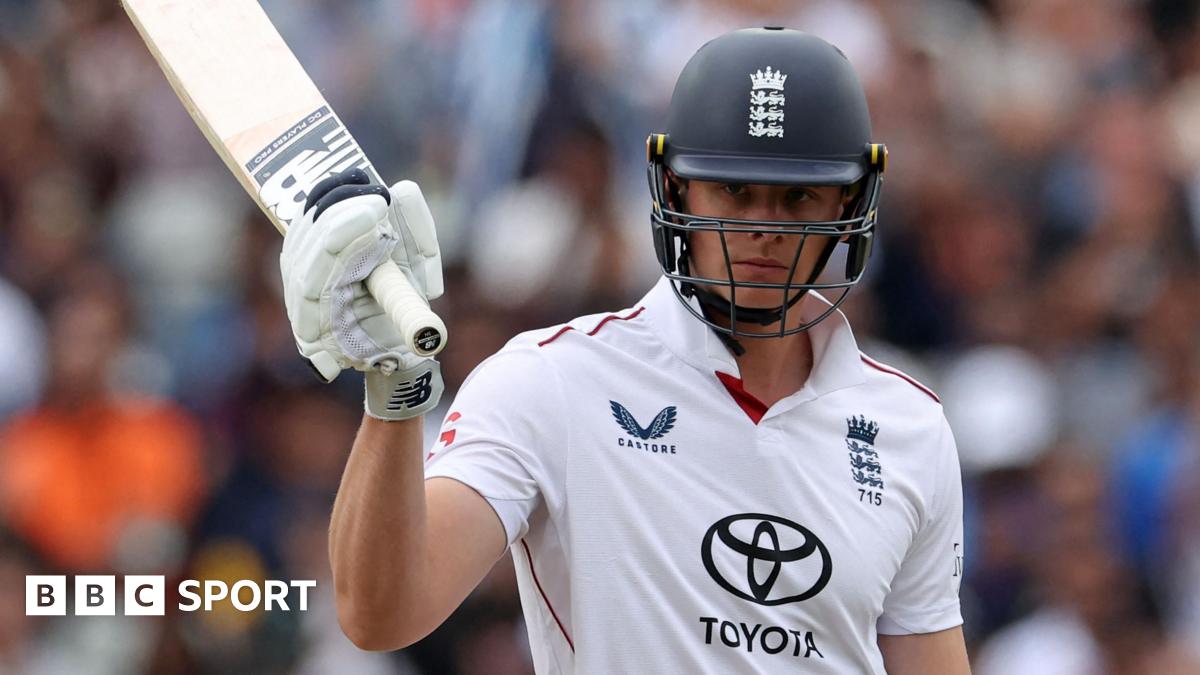The British Medical Association (BMA) is demanding a 29% pay rise for resident doctors, formerly known as junior doctors, in England, to prevent industrial action. The union claims the increase is needed to reverse cuts to the real-terms value of their pay since 2008. But how credible are its calculations?
Why is the BMA demanding this level of pay rise?
The BMA has calculated that real-terms pay for resident doctors has declined by almost 21% over the past 17 years. The union says this equates to resident doctors working for free a fifth of the time.
The BMA calculated this on the basis of the retail prices index (RPI) measure of inflation, rather than the consumer prices index (CPI), an internationally recognised calculation of inflation which is used by the UK government.
However, the RPI lost its status as a national statistic in 2013, as the Office for National Statistics (ONS) said the way it calculated prices was likely to overstate the rate of inflation.
What do experts make of the BMA’s position?
The Nuffield Trust health thinktank has questioned the validity of the BMA’s calculations. It noted that using CPI as a measure, resident doctors’ pay has fallen but only by 4.7% since 2008. The thinktank also noted that the 2008 comparison date used by the BMA is arbitrary. For example, if the union was to use 2015 as the starting point, resident doctors’ pay – based on CPI – has increased over the past 10 years.
Nuffield Trust researcher, Lucina Rolewicz, said: “You can paint a very different picture of real-terms changes to resident doctors’ pay packets over time, depending on the methods you use. It’s important to look at a range of baseline years to get a more complete understanding of what has happened to pay. For example, if you look at what’s changed since 2008, pay erosion appears much worse than if you looked at the changes since 2015 in isolation. Against the CPI measure of inflation, this can make the difference of showing a 4.7% fall in pay since 2008 or a 7.9% increase since 2015.”
She added: “Given the importance of the debate for doctors, their colleagues, patients and taxpayers, it is crucial that we look at all the ways that pay can be seen to have changed.”
What do resident doctors in England currently earn?
The average starting salary for a full-time resident doctor is about £38,800, a rise of almost £9,500 since 2022-23 when it was £29,380.
The health secretary, Wes Streeting, has said that resident doctors’ pay has risen by 28.9% over the last three years. They have received the highest pay awards of all public sector workers, with BMA members in September voting to accept a government pay deal worth 22.3% on average over two years, bringing to an end to months of strike action under the last Conservative government. They were awarded a further 5.4% increase for 2025-26 in this year’s pay settlement.
What industrial action may be taken and how could it impact the NHS?
Resident doctors are threatening to stage six months of strikes, from this month up to January 2026.
Huge numbers of outpatient appointments and procedures were cancelled when they went on strike for a total of 44 days between March 2023 and July 2024.
Matthew Taylor, the chief executive of the NHS Confederation, warned that strikes by resident doctors would threaten the delivery of the government’s key NHS pledge to voters – to restore the target that 92% of people waiting for planned hospital care get it within 18 weeks by 2029.
Health service chiefs also fear that a fresh wave of strikes by resident doctors could encourage other NHS staff, including nurses, to take industrial action over pay.
Hospital consultants are also threatening to strike in the autumn over the 4% pay rise they were awarded for this year, which the BMA called “an insult to senior doctors”.
The Royal College of Nursing and Unison – whose members were given 3.6% pay increase this year– are undertaking indicative ballots of their members to assess their willingness to strike.

 5 hours ago
2
5 hours ago
2










 English (US)
English (US)